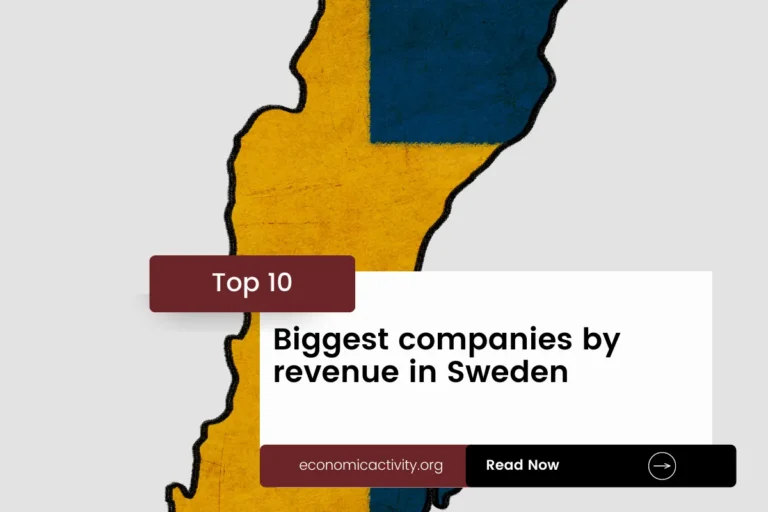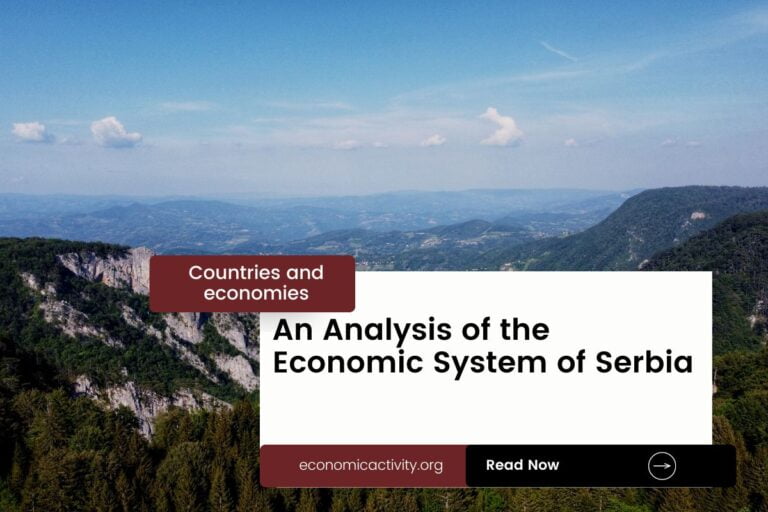Cuba, with a population of 11,212,191, is ranked 82nd in the world, just behind the Dominican Republic. Located in the Caribbean, it covers a total area of 109,880 square kilometers, ranking 100th globally, just below Bulgaria.
Cuba’s economic position in 2022 showcases a GDP of $100,023,000,000, ranking 66th globally. It follows Angola, which has a GDP of $106,782,770,714.619. In terms of GDP per capita, Cuba stands at $11,255, ranking 73rd worldwide.
It trails behind Kazakhstan, with a GDP per capita of $11,492.0319. Despite facing challenges, Cuba’s economy continues to strive for growth and development in the global market.
What are the economic activities of Cuba?
- Primary activities: 4% of GDP.
- Secondary activities: 22.7% of GDP.
- Tertiary activities: 73.4% of GDP.

Primary Sector of Cuba
Cuba’s primary sector, dominated by agriculture, thrives due to its tropical climate and rich natural resources. With 61.67% of the land dedicated to agriculture, the country produces a diverse range of crops and animal products. Key agricultural products include sugarcane, cassava, plantains, vegetables, mangoes/guavas, milk, pumpkins/squash, tomatoes, sweet potatoes, and bananas.
Despite contributing only 4% to the GDP, agriculture remains vital to the economy. The abundance of crops and animal products not only sustains the agricultural sector but also provides essential food sources for the population.
The country’s geological diversity, ranging from mineral-rich mountains to fertile plains, provides abundant natural resources. Key resources include cobalt, nickel, iron ore, chromium, copper, salt, timber, silica, petroleum, and arable land. These resources drive the economy through mining, agriculture, and forestry industries, contributing significantly to the nation’s development.
Cuba’s oil production of approximately 33,912 barrels per day places it 43rd in the world ranking. With oil reserves of 124,000,000 barrels, the country holds 0.01% of the world’s oil reserves, further bolstering its economic activity.
Cuba’s natural gas production in 2020 reached 1.2 billion m³, ranking 63rd globally in natural gas production.
Secondary Sector of Cuba
What is the secondary sector or what are secondary activities?
The secondary sector comprises industries that transform raw materials into finished products for consumption. In Cuba, main industrial products include petroleum, nickel, cobalt, pharmaceuticals, tobacco, construction materials, steel, cement, agricultural machinery, and sugar. These products are manufactured for domestic consumption and export.
In 2023, Cuba’s manufacturing exports accounted for a small percentage of the country’s total exports, indicating their lack of significance in driving the economy.
Tertiary sector of Cuba
What is the tertiary sector or what are tertiary activities?
The tertiary sector in Cuba encompasses a wide range of services that focus on enhancing productivity and meeting various needs. Key activities include healthcare and medical care, education and training, banking and finance, tourism and hospitality, transportation and logistics, and communication and information exchange. These sectors play a crucial role in Cuba’s economy by providing essential services to both consumers and businesses, contributing to the overall development and growth of the country.
Notably, Tourism is a vital economic driver for Cuba, with 4,276,000 annual arrivals contributing significantly to its economy. The island’s stunning beaches, like Varadero and Cayo Coco, are major draws, attracting visitors from around the world. With a tourist arrivals to population ratio of 0.3814, the country’s reliance on this industry is undeniable.
Another example of tertiary economic activity is the mobile cellular sector, with approximately 7.6 million subscriptions, supporting technological growth by enhancing communication and access to digital services across the population.
Military Activities and Economic Sectors of Cuba
The military is a good example of many economic activities working together. In Cuba, the primary sector helps provide resources needed for military use. The secondary sector focuses on making military equipment. The tertiary sector offers services like training and support. The quaternary sector involves research and development for better technology. Lastly, the quinary sector deals with high-level decisions and strategies for national defense.
In 2023, Cuba’s military expenditure was 128 million US dollars, which is 0.13% of the country’s GDP. The active military force consists of 49,000 personnel. This means there are about 10.9 active military members for every 1,000 people in the country.
International Trade of Cuba
Import Activities of Cuba

Cuba’s import activities are crucial, accounting for 48.79% of GDP, reflecting a high dependence on foreign goods and services.
Cuba’s main import partners are Spain, China, US, Brazil, and Netherlands. The country imports poultry, wheat, milk, plastic products, and soybean oil to meet its domestic needs and support its economy.
Exports Activities of Cuba

Cuba’s total exports in 2023 amounted to $40,023,108,198.15, representing 40.01% of its GDP. With exports playing a high role in the economy, they are crucial for sustaining growth and generating revenue, highlighting their significant importance to the country’s economic stability and development.
Cuba primarily exports tobacco, nickel, zinc ore, liquor, and raw sugar. Its top export partners are China (40%), Spain (13%), Germany (5%), Portugal (4%), and Switzerland (4%).
Cuba economy challenges in 2024
Cuba, with a population of 11,212,191, is ranked 82nd in the world, just behind the Dominican Republic. Located in the Caribbean, it covers a total area of 109,880 square kilometers, ranking 100th globally, just below Bulgaria. The country faces challenges in 2024 with widespread protests over basic necessities and electricity shortages, despite increasing foreign investment. Cuba remains a unique tobacco exporter with a controversial oil-for-doctors deal with Venezuela, while corruption remains widespread.




Leave a Reply